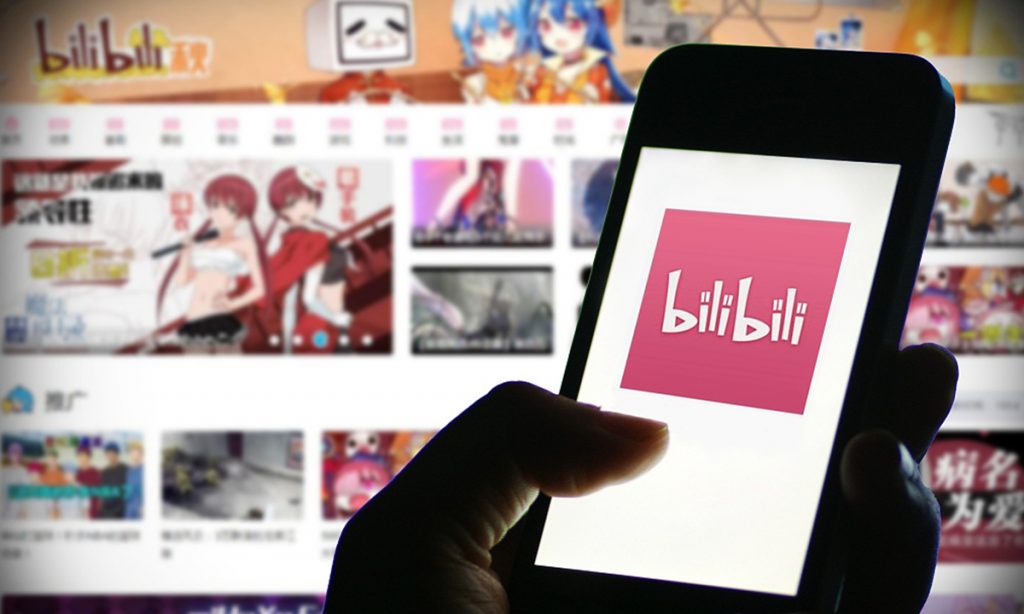Bilibili has evolved far beyond its early focus on the ACG (Anime, Comics, and Games) subculture, to draw hundreds of millions of mainstream users.

Key Takeaways
- Video sharing site Bilibili reported a 72 percent increase in net revenue and a nearly 40 percent increase in average monthly active users in the second quarter of 2021 .
- One of Bilibili’s key value propositions is its ability to leverage the trends that matter to younger consumers in China.
- While beauty brands have successfully added Bilibili to their marketing mix, the young age of the average Bilibili user raises the question whether luxury brands might benefit as much.
Although it was founded back in 2009, the Shanghai-based, Nasdaq-listed video sharing platform Bilibili has only gone mainstream in China over the past few years, attracting tens of millions of new users and the attention of brands across the consumer spectrum, from Shiseido to Mercedes-Benz. Bilibili’s continued rise has seen the platform surpass Youku to become the third-most popular video platform in China, trailing only iQiyi and Tencent Video.
According to the company’s most recent earnings report, Bilibili’s total net revenue in the second quarter of 2021 reached RMB 4.49 billion ($696 million), a 72 percent increase from the same period in 2020. The platform also saw impressive user growth, with average monthly active users (MAUs) rising 38 percent year-on-year to 237 million.
Bilibili’s famed stickiness has also been holding strong, with average daily active users (DAUs) reaching 62.7 million, a 24 percent increase over the same period in 2020. Perhaps most importantly for investors, Bilibili reported a 62 percent rise in paying subscribers (or average monthly paying users) to 20.9 million.
As Jing Daily noted in our recent report, Chinese Cultural Consumers: The Future of Luxury, one of Bilibili’s key value propositions is its ability to leverage the trends that matter to younger consumers in China. The platform has roots in China’s ACG (Anime, Comics, and Games) subculture, which has gone mainstream among young Chinese consumers, while it has also expanded into more general lifestyle categories such as food, travel, and fitness. With that ballooning user base has come a flood of investment by brands, especially in the tech, food and beverage, and sports sectors. Continue to read the full article here





